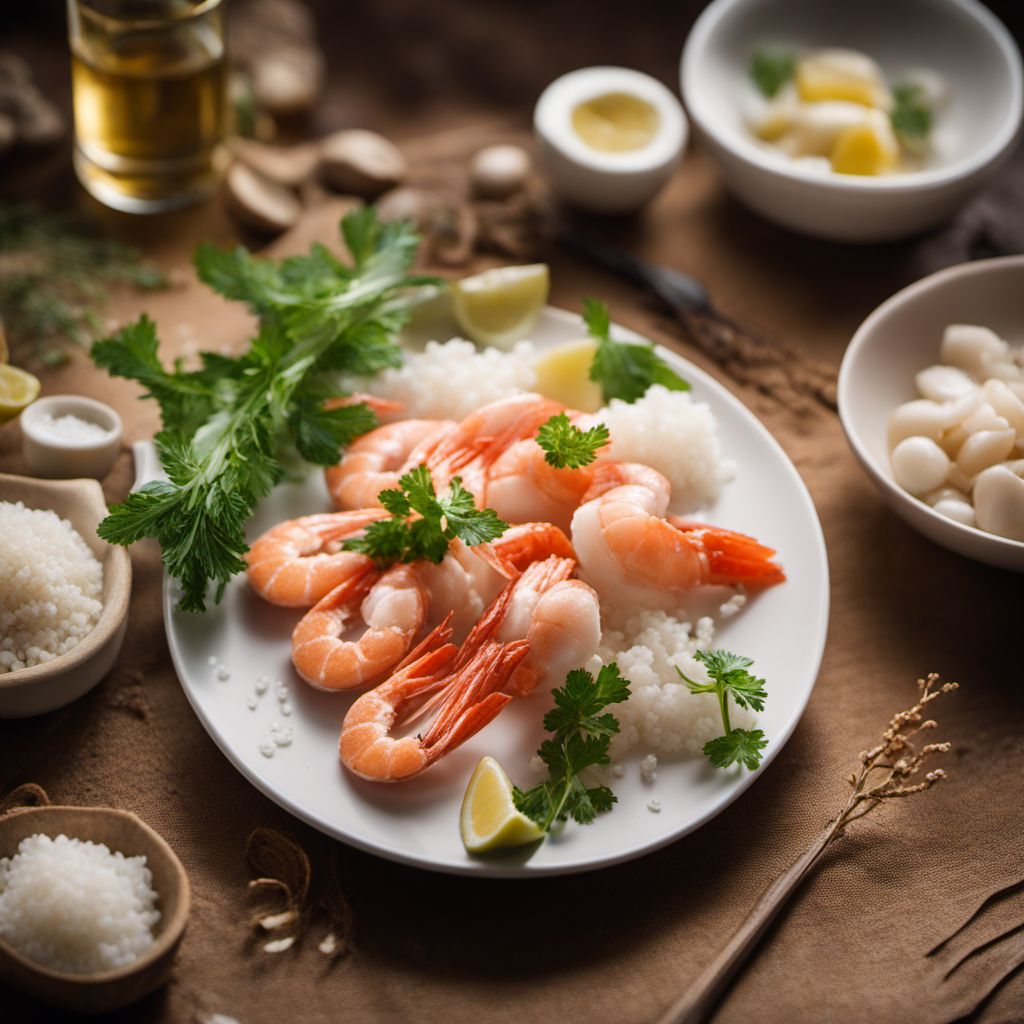
Ingredient
Seafood-based meals
The Bounty of the Ocean: Seafood-based Meals
Seafood-based meals encompass a wide range of dishes that feature various types of fish, shellfish, and other aquatic delicacies. From succulent grilled fish fillets to creamy seafood chowders, these meals showcase the natural flavors and textures of the ocean's offerings. Seafood-based meals are enjoyed worldwide and are particularly prominent in coastal regions and island nations.
Origins and history
The consumption of seafood has a long history, dating back thousands of years. Coastal communities and island nations have relied on the ocean as a vital food source, leading to the development of unique culinary traditions and techniques. Seafood-based meals have become an integral part of many cultures, with each region showcasing its own specialties and preparations.
Nutritional information
Seafood-based meals are highly nutritious, providing an excellent source of lean protein, omega-3 fatty acids, vitamins, and minerals. They are generally low in saturated fat and cholesterol, making them a healthy choice for many individuals. However, it is important to consider sustainability and choose seafood that is sourced responsibly to protect marine ecosystems.
Allergens
May contain fish and shellfish allergens.
How to select
When selecting seafood for meals, opt for fresh, high-quality products. Look for fish or shellfish that have clear eyes, shiny skin, and a fresh, oceanic smell. The flesh should be firm and resilient to the touch. If purchasing frozen seafood, ensure that it is properly sealed and has not been thawed and refrozen.
Storage recommendations
Fresh seafood should be consumed as soon as possible after purchase to ensure optimal flavor and quality. If storing for a short period, keep it refrigerated at temperatures below 40°F (4°C). Frozen seafood should be stored at 0°F (-18°C) or below. It is important to follow proper storage guidelines to prevent spoilage and maintain food safety.
How to produce
Seafood cannot be produced by amateurs, as it requires specialized equipment, knowledge, and access to bodies of water. However, individuals can engage in recreational fishing or participate in sustainable aquaculture practices to produce small quantities of seafood for personal consumption.
Preparation tips
The preparation of seafood-based meals can vary depending on the specific dish and culinary tradition. Grilling, baking, frying, and steaming are common cooking methods used to prepare fish and shellfish. Seafood can be seasoned with herbs, spices, and marinades to enhance its natural flavors. It is important to follow proper cooking times and temperatures to ensure that seafood is cooked thoroughly and safely.
Culinary uses
Seafood-based meals are incredibly versatile and can be found in various cuisines worldwide. They are commonly used in dishes such as paella, bouillabaisse, sushi, fish and chips, cioppino, and seafood pasta. Seafood is also a popular choice for grilling, whether it's whole fish, shrimp skewers, or scallops. Additionally, seafood can be used in salads, soups, tacos, and sandwiches, offering a wide range of culinary possibilities.
Availability
Commonly available in coastal regions and island nations
More ingredients from this category

Fish and potatoes meal
A Seafood Delight: Fish and Potatoes

Fish pâté
The Delicate Delight of Fish Pâté
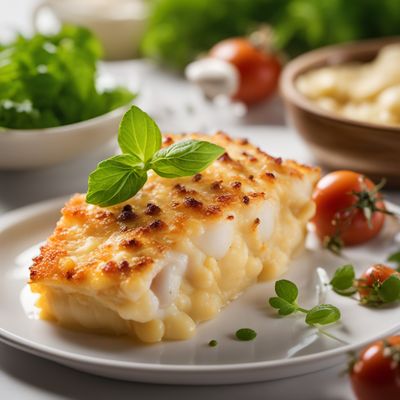
Fish gratin
Creamy Seafood Delight: A Delectable Fish Gratin Recipe
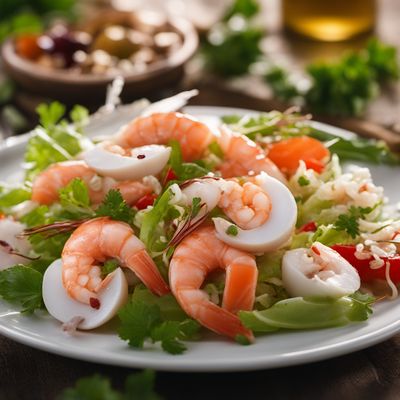
Seafood salad
Ocean Delight
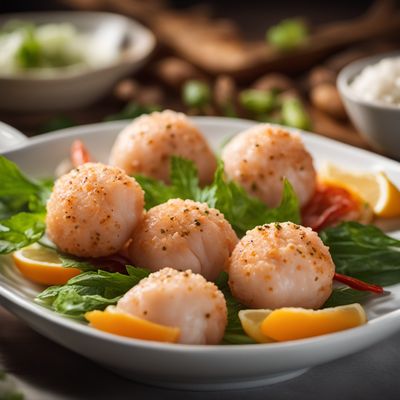
Fish balls
The Savory Delicacy from the Sea

Fishcakes
Savory Sea Delights

Prepared fish salad
Oceanic Delight

Fish and vegetables meal
Oceanic Delight: A Nutrient-Rich Fusion of Fish and Fresh Vegetables

Fish and rice meal
A Nutritious Fusion
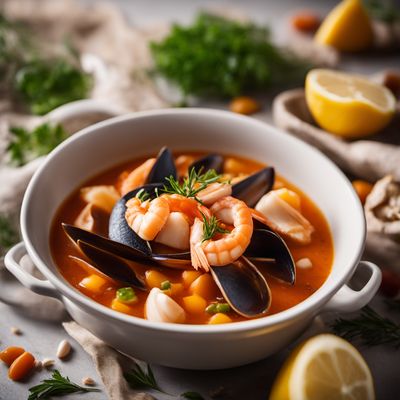
Bouillabaisse
The Quintessential Seafood Stew